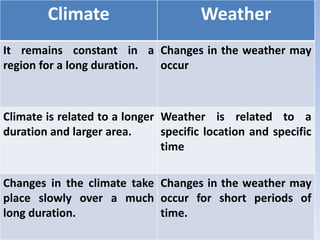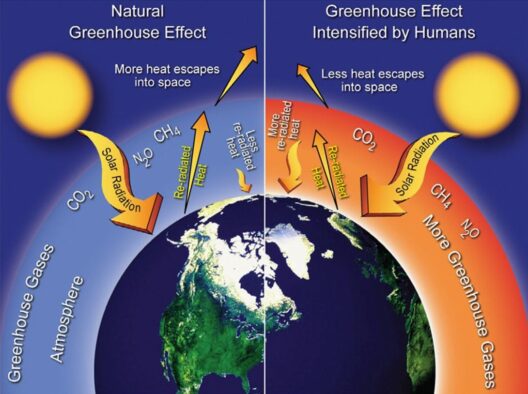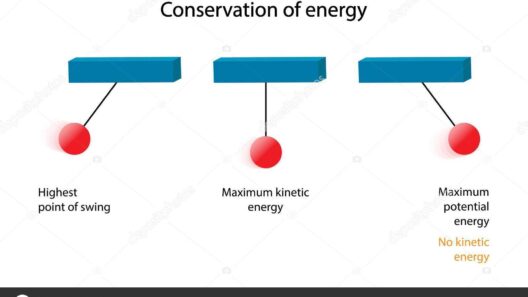The interplay between mechanical energy and kinematics invites a deeper exploration of the dynamics that govern motion. At first glance, these two realms—mechanical energy, often encapsulated in the terms of kinetic and potential energy, and kinematics, the study of motion without reference to the forces that cause it—may appear distinct. However, a closer examination reveals that they are integrally connected, providing insights into the holistic understanding of physical phenomena.
Mechanical energy can be dissected into two predominant categories: kinetic energy (the energy of motion) and potential energy (the stored energy due to an object’s position). In scenarios where objects are in motion, their mechanical energy comprises kinetic energy, which is contingent upon both the mass of the object and the square of its velocity. The relationship can be succinctly expressed by the equation: KE = ½ mv², where KE signifies kinetic energy, m denotes mass, and v represents velocity. Here, one can observe how variations in velocity significantly influence kinetic energy—a concept that holds profound implications in kinematics.
Fluid dynamics provides an illustrative context where both mechanical energy and kinematics converge. The trajectory of an object influenced by forces such as gravity or friction can be forecasted more accurately by incorporating energy principles. When a projectile is launched, its mechanical energy transitions between kinetic and potential forms as it ascends and descends. While ascending, kinetic energy is converted to potential energy. Conversely, as it descends, potential energy transforms back into kinetic energy. Through this lens, one can comprehend how kinematics governs the path while mechanical energy influences the overall energy transformation along that trajectory.
Moreover, the principle of conservation of mechanical energy is pivotal in understanding this relationship. As long as external forces—like friction or air resistance—are negligible, the sum of kinetic and potential energy remains constant throughout the object’s motion. This principle can be leveraged to predict outcomes in various situations, from the simple act of dropping a ball to the complexities involved in celestial mechanics. The predictability afforded by mechanical energy conservation can shift one’s perspective on kinematic analysis and provide a scaffold for more intricate computations.
Incorporating energy principles into kinematic analysis requires a nuanced understanding of motion dynamics. Consider the example of roller coasters. As a coaster car ascends a hill, kinetic energy diminishes while potential energy increases, peaking at the apex. Upon descent, the reverse occurs, often culminating in the exhilarating experience of increased velocity. This cyclical exchange not only contextualizes the sensation of motion but allows engineers to design rides that maximize energy efficiency and safety.
Furthermore, exploring these principles through the lens of various disciplines—including sports science or automotive engineering—proffers fertile ground for new methodologies. For instance, in athletics, understanding how the mechanics of human motion relate to energy expenditure can enhance performance and reduce the risk of injury. Athletes who grasp how to transition from potential energy (during take-off) to kinetic energy (while in motion) can optimize their techniques for improved outcomes.
Another fascinating aspect of applying mechanical energy principles in kinematics is its relationship to modern technologies and innovations. In the field of electric vehicles, for instance, energy regeneration systems harness kinetic energy during braking to replenish battery power. This ingenious application not only augments efficiency but also aligns with sustainable practices by minimizing energy wastage. Moreover, understanding the mechanical energy’s role in optimizing kinetic energy during driving can illuminate strategies for safe and energy-efficient transportation.
On a broader scale, the implications of integrating mechanical energy principles in kinematics resonate within the realm of environmental conservation. As societies move towards sustainability, exploring energy consumption and motion dynamics can yield robust strategies for reducing our carbon footprint. Collaborative efforts between educators, engineers, and environmentalists can materialize innovative approaches to designing sustainable products and practices that respect the environmental ethos.
Moreover, the way mechanical energy is conceptualized unveils possibilities in harnessing renewable energy sources through innovation in design and performance. The integration of mechanical energy principles in kinematics underlines the intersection between physical laws and real-world applications, creating a burgeoning field ripe for research. The perpetual challenge of transforming natural energy sources into useful mechanical energy drives progress in technology and sustainability alike.
Ultimately, as we peel back the layers of mechanical energy and its application in kinematics, we uncover a rich tapestry of motion dynamics grounded in scientific principles. This nuanced understanding not only enhances our grasp of motion but propels us toward intellectual curiosity and innovation. The marriage of these two fields transcends mere theory—it inspires a paradigm shift that encourages us to view motion through an integrative lens. Armed with knowledge of energy transformations, we can approach challenges with a keen understanding of efficiency and sustainability.
In summary, the intersection of mechanical energy and kinematics offers insights that are not just academic but have practical ramifications in a rapidly evolving world. By embracing the principles of mechanical energy within kinematic studies, we unlock a deeper comprehension of motion and its myriad applications. This exploration lays the groundwork for advancements in technology, conservation, and our understanding of the natural world—promising a shift in perspective that could shape the future.






